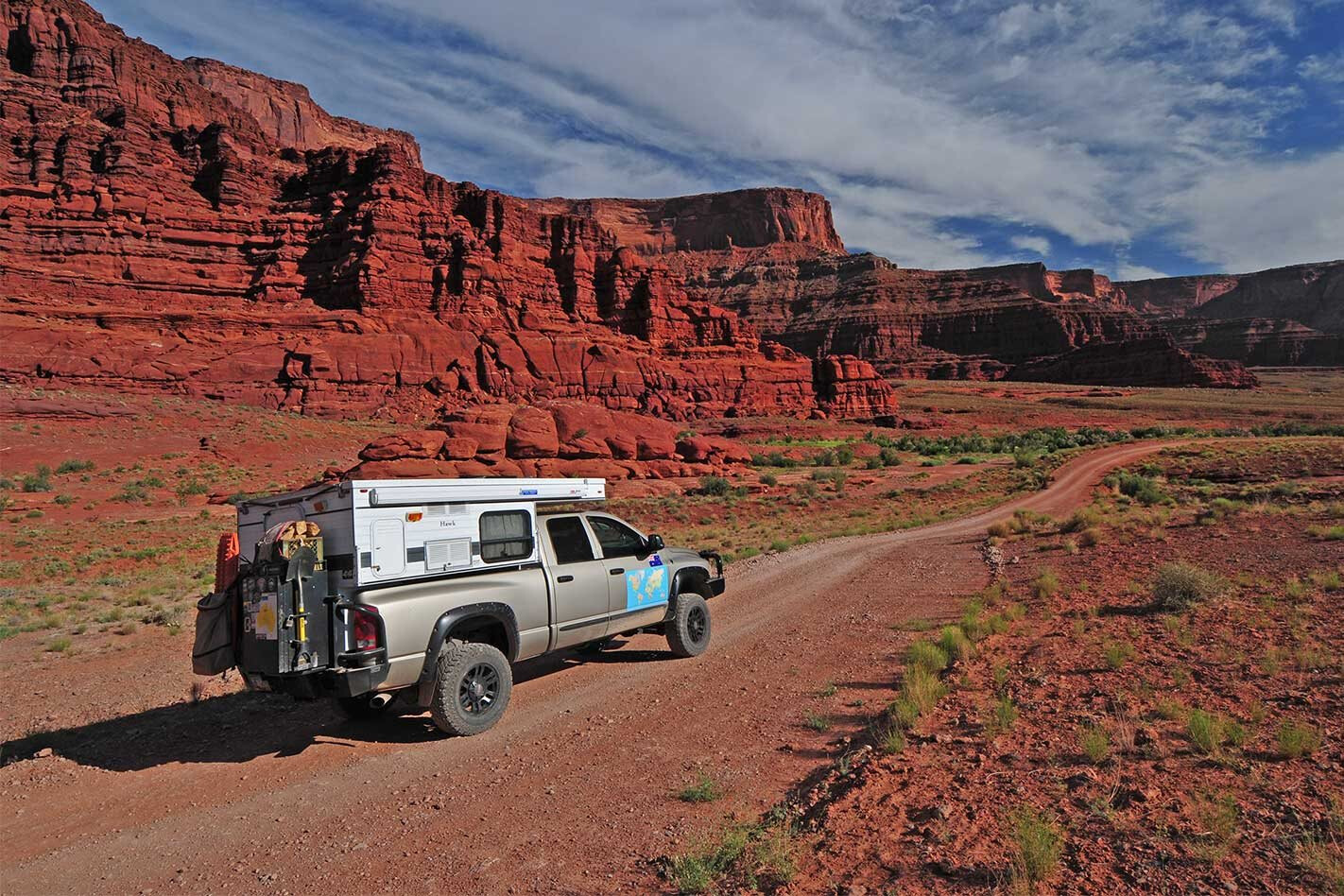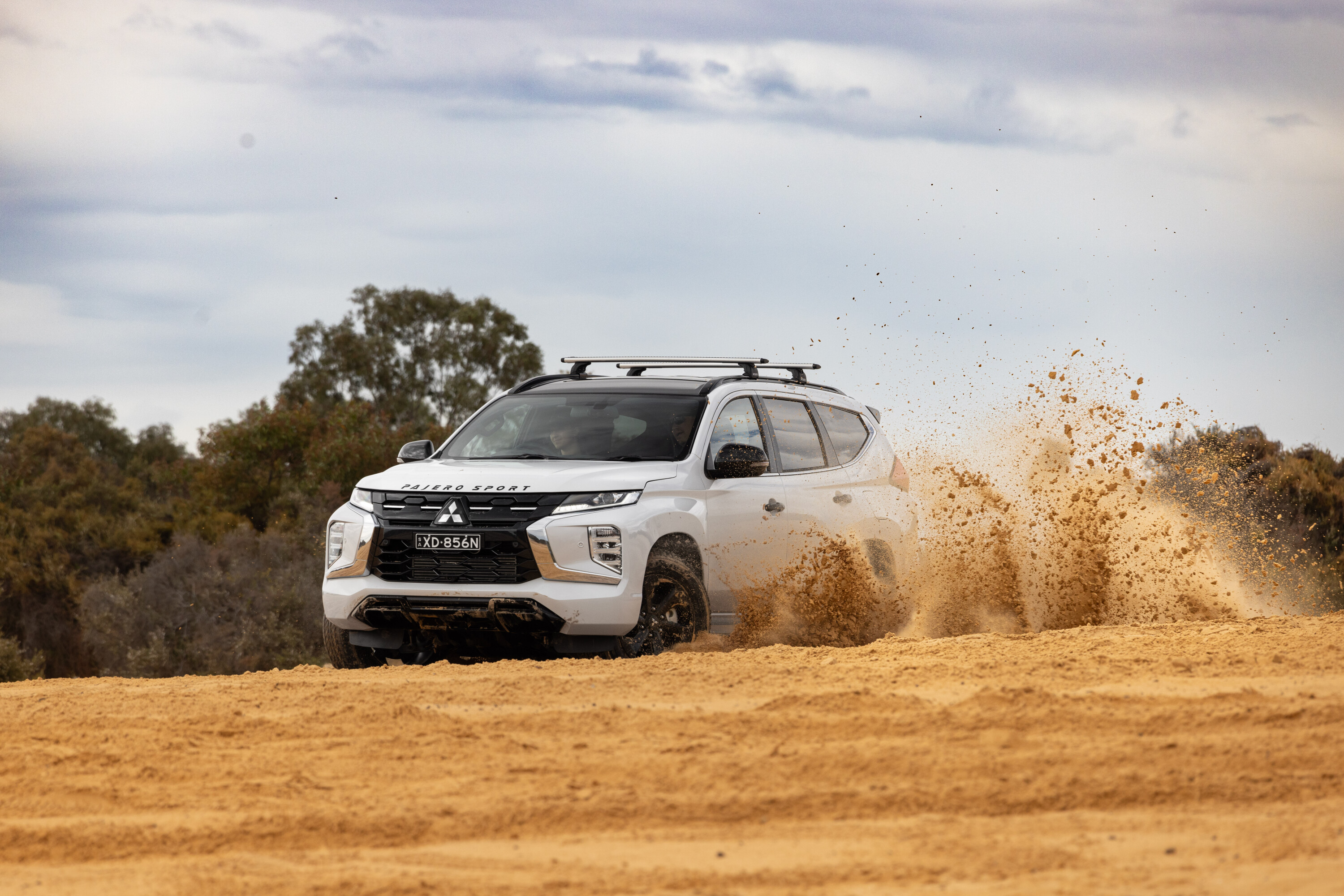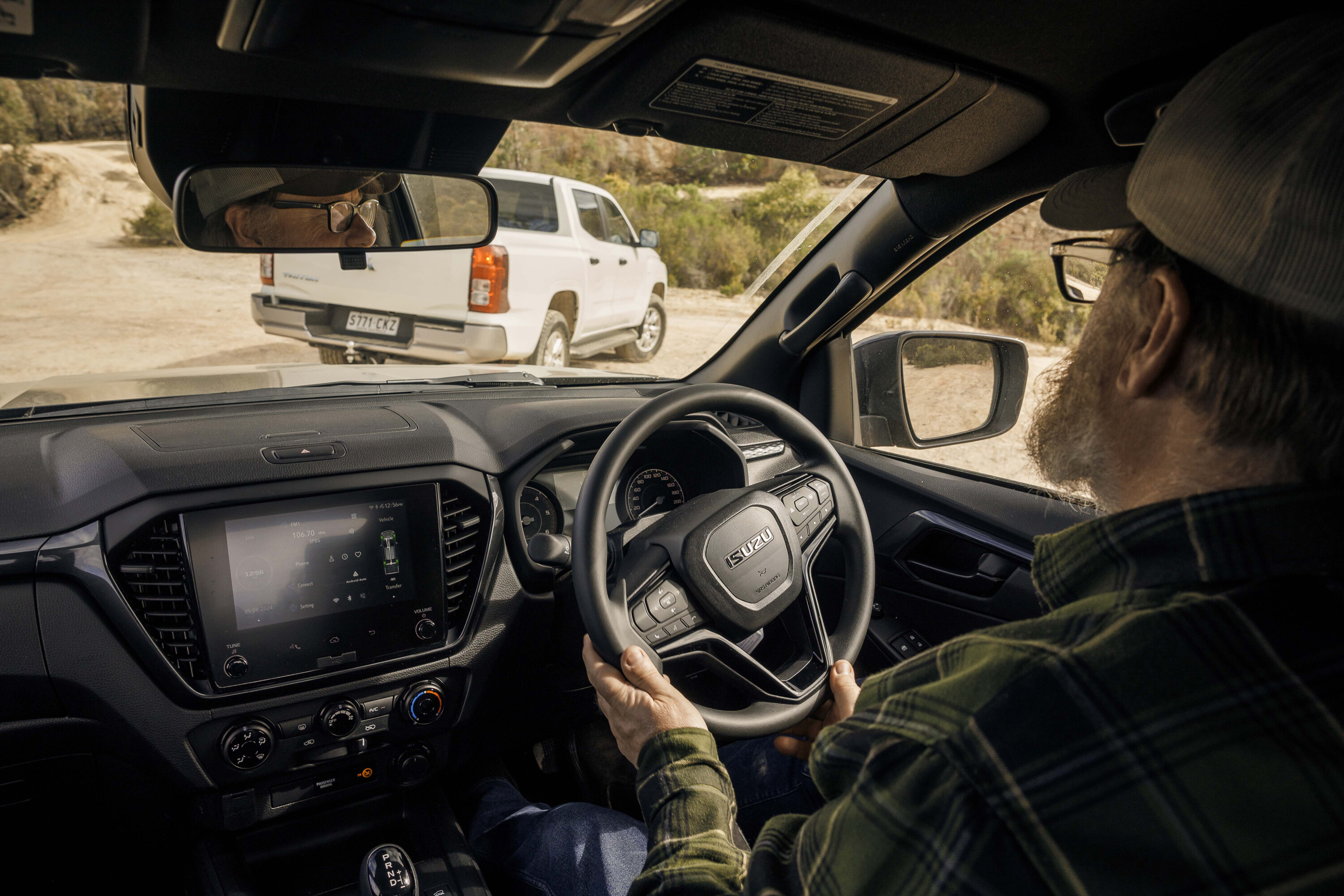I HAVE JUST returned from a quick trip up to Coober Pedy along the Anne Beadell Highway. We only went as far west as Voakes Hill Corner, where we turned south before getting to the coast at Cheetima Beach. It was a top trip through an area I hadn’t visited in a long time and I vowed to return much sooner than my previous visit.
It got me thinking about why I like desert country so much: Is it the remoteness or the challenge of travelling such harsh country? Is it the seemingly lifeless expanse that hides such variety? Or is it that sense of freedom many of us pine for and which seems to get harder to find as the planet gets more crowded?
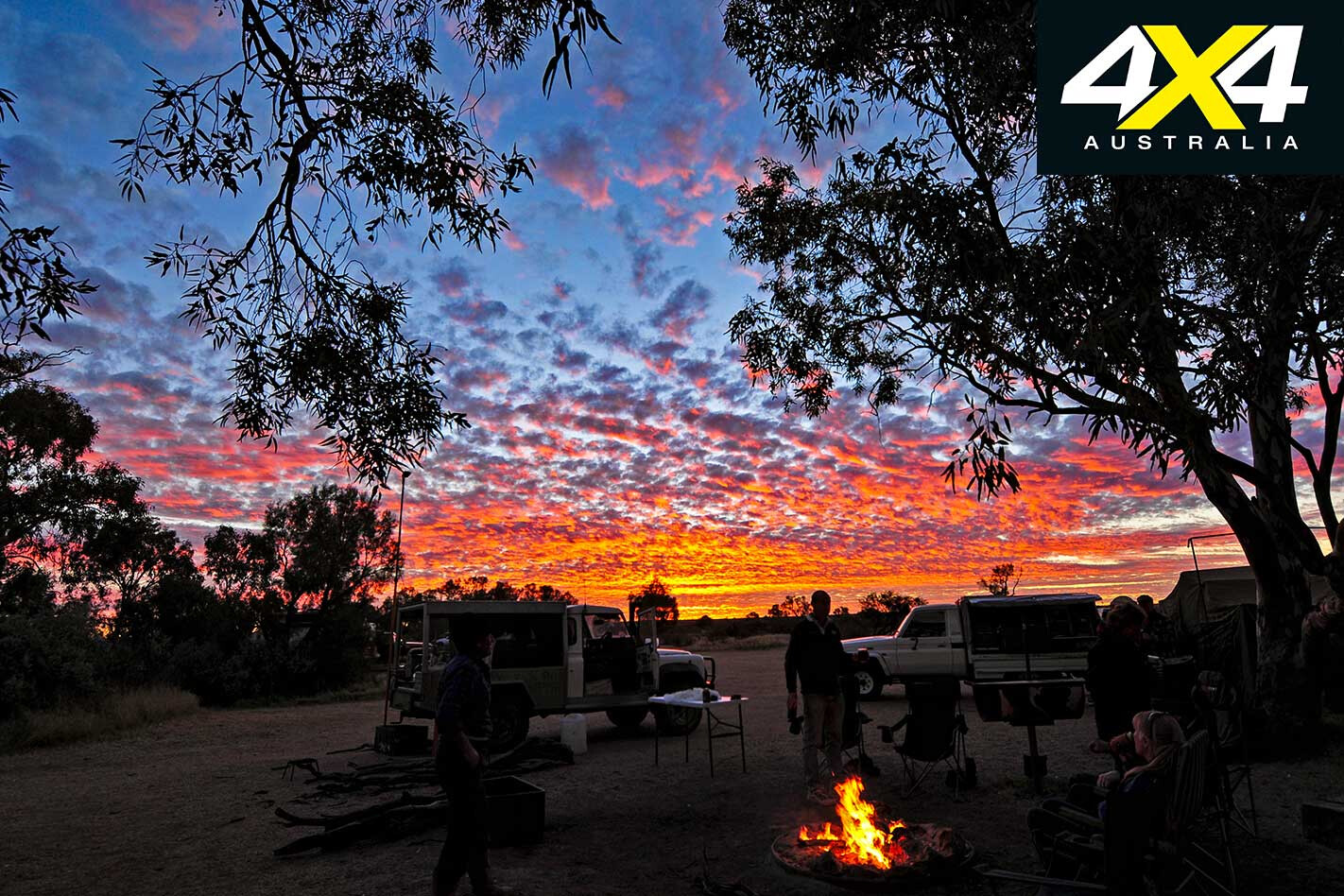
Maybe it’s just the wide open spaces that attract me, or the incredible transformation that comes about when water falls or flows, such as what is happening along the Diamantina River and Warburton Creek floodplain all the way to Lake Eyre.
Then, of course, the desert is a great leveller. It doesn’t matter who or what you are, the desert will bring you down to earth, often with a thud. And it can be cruel. Do the wrong thing out here and you’ll have a very hard time of it all – some may even die.
Being born in Tennant Creek and living all my early days in the Northern Territory and northern South Australia perhaps imbued me with a sense of ‘home’ and belonging. Maybe it is all those things that attract me.
Over the past 12 months I’ve spent a fair amount of time in desert country, on one occasion passing through Corner Country and ending up at Innamincka on Cooper Creek, a place every Aussie should visit at least once in their life. Water was flowing across the causeway and we wandered down to the creek and drove across the shallow stream a few times; for no reason other than it seemed like a good thing to do after a few days of crossing some very dry and dusty country north of Broken Hill.
Before our Corner Country travels we’d been driving our RAM 2500 through the high desert country of Moab, Utah, in the US of A.
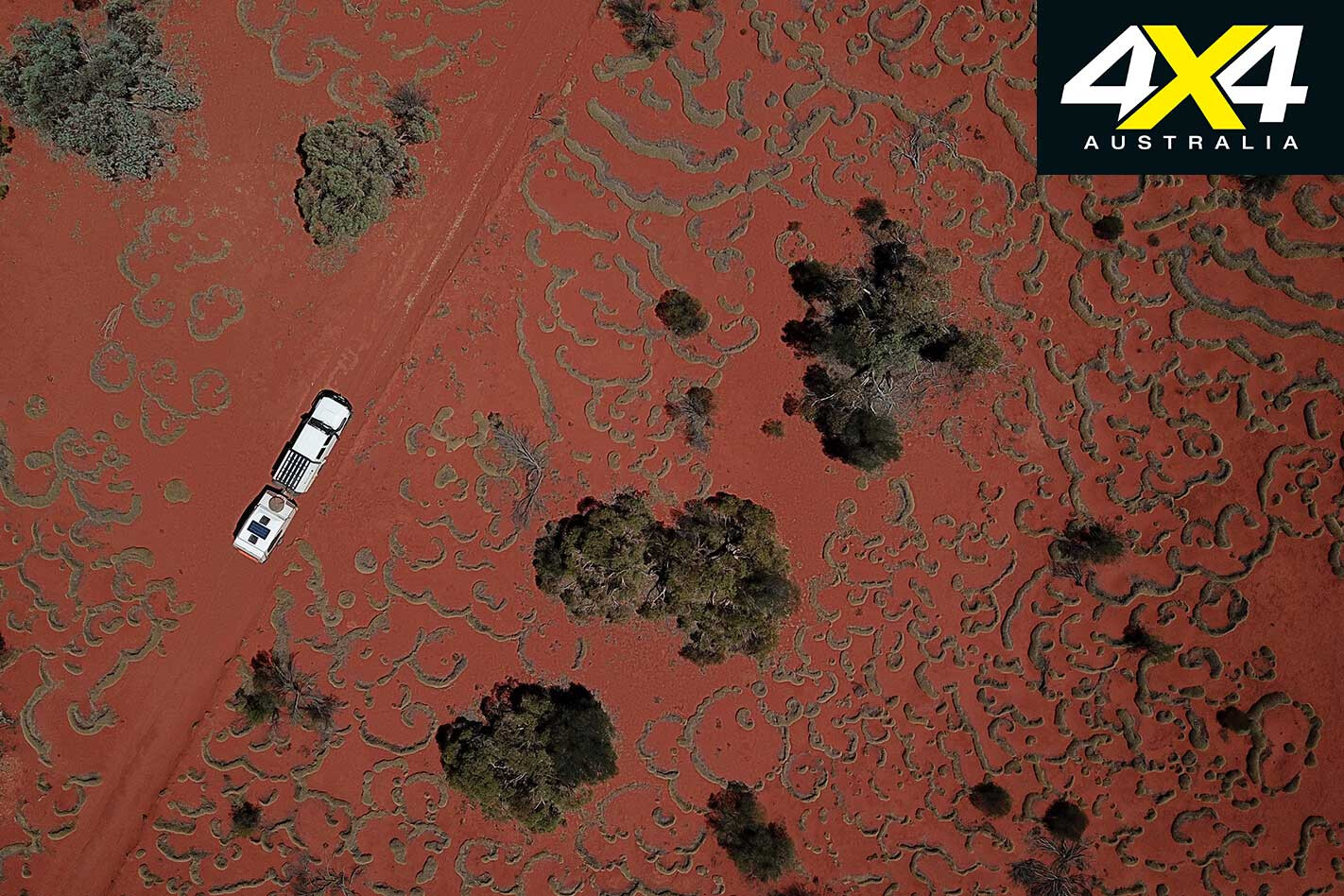
There are many delights to be had in the west of North America, but Utah and its red-rock desert country would have to be our favourite and keeps drawing us back every time.
Edward Abbey, author of Desert Solitaire knew the Utah back country like the back of his hand, and an excerpt from his book reads: “The desert is nothing. Completely passive, acted upon but never acting, the desert lies there like the bare skeleton of Being; spare, sparse, austere, utterly worthless, inviting not love but contemplation.”
Denis Bartell, who named that big Simpson Desert dune, Big Red, back in 1977, was struck by the magic of the desert when he set out on the first of many trips (see: www.desertwalker.com.au). He said to me while at Big Red a couple of years back:
Picture: Denis Bartell on top of Big Red
“Over the past 40 years and 70-plus crossings, mostly solo, a ritual formed between that dune and me. A sunset whenever possible from Big Red was something not to be missed for it was then that I could easily relive, in a most vivid form, my past journeys and scenery from its ever-changing landscape – I could truly be at one with the spirit of the desert.”
I know how he feels; in that place of seemingly lifeless expanse, you feel more alive than ever.

